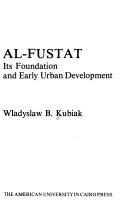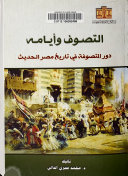Between Order And Modernity
Resurgence Planning In Revolutionary Egypt
Overview
Egypt’s Revolution of 1952 presented a major historical change to its political and economic structure, its society, and its institutions. This paper examines how Nasser’s regime operated through the state apparatus to exhibit features of modernity. Under the pretext of modernization, renovating Cairo’s authentic urban fabric was one of the channels that displayed the new ambitions to unveil a centralized system of governance and ideologies of socialism. The paper particularly looks at the city’s resurgence attempts, promoted by upgrading practices that displayed Western ideals of planning. Eventually, the contradictory planning legislative system introduced by the government raised early alarms at the problems encountered in the planning institution that was not only unable to liberate Cairo’s urban districts from its long-rooted decay, but also struggled to implement the regime’s flagship policy of social justice in a context wherein it was much needed






















